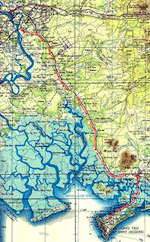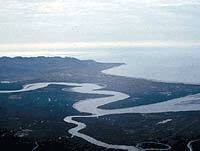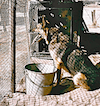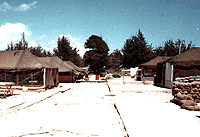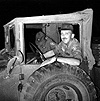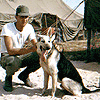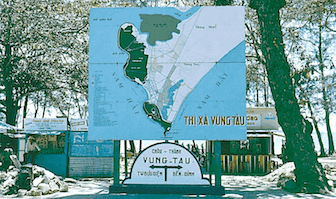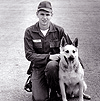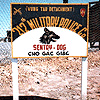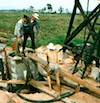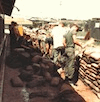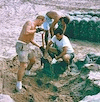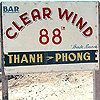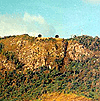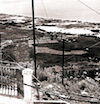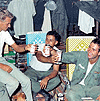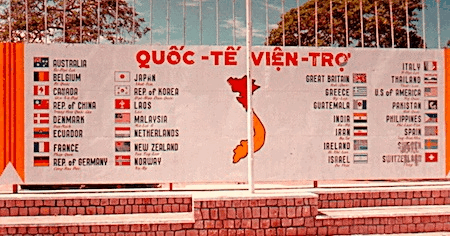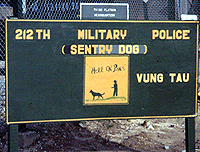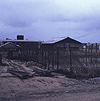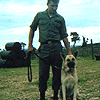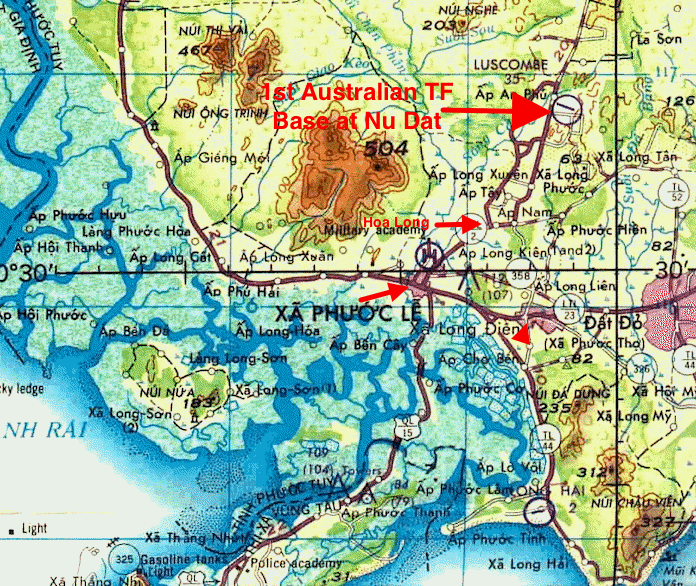Vung Tau was one of the largest ammunition and chopper bases in the area, so we were assigned to provide nighttime security. The storage area was so large you could hardly walk around it or see it all during your duty tour. Sometimes we worked as a single handler team, other times we were dual handler teams and worked in a bunker.
I remember that our dogs started suffering from some time of nutritional problem. They ended up eating all that rotten sand, and a few died. When they autopsied them they found their stomachs packed with sand. There was talk of bringing dogs out of Japan to take their place, but I left before I found out what happened.
When I left Nam I gave Bob Ahrendt my dog Duke and turned his dog Lady in since mine was more aggressive." PFC Arthur “Art” K. Przybyl, 72nd MP Detachment (Dismounted Patrol) & 88th MP Company (K9), MACV, August-November 1965.







